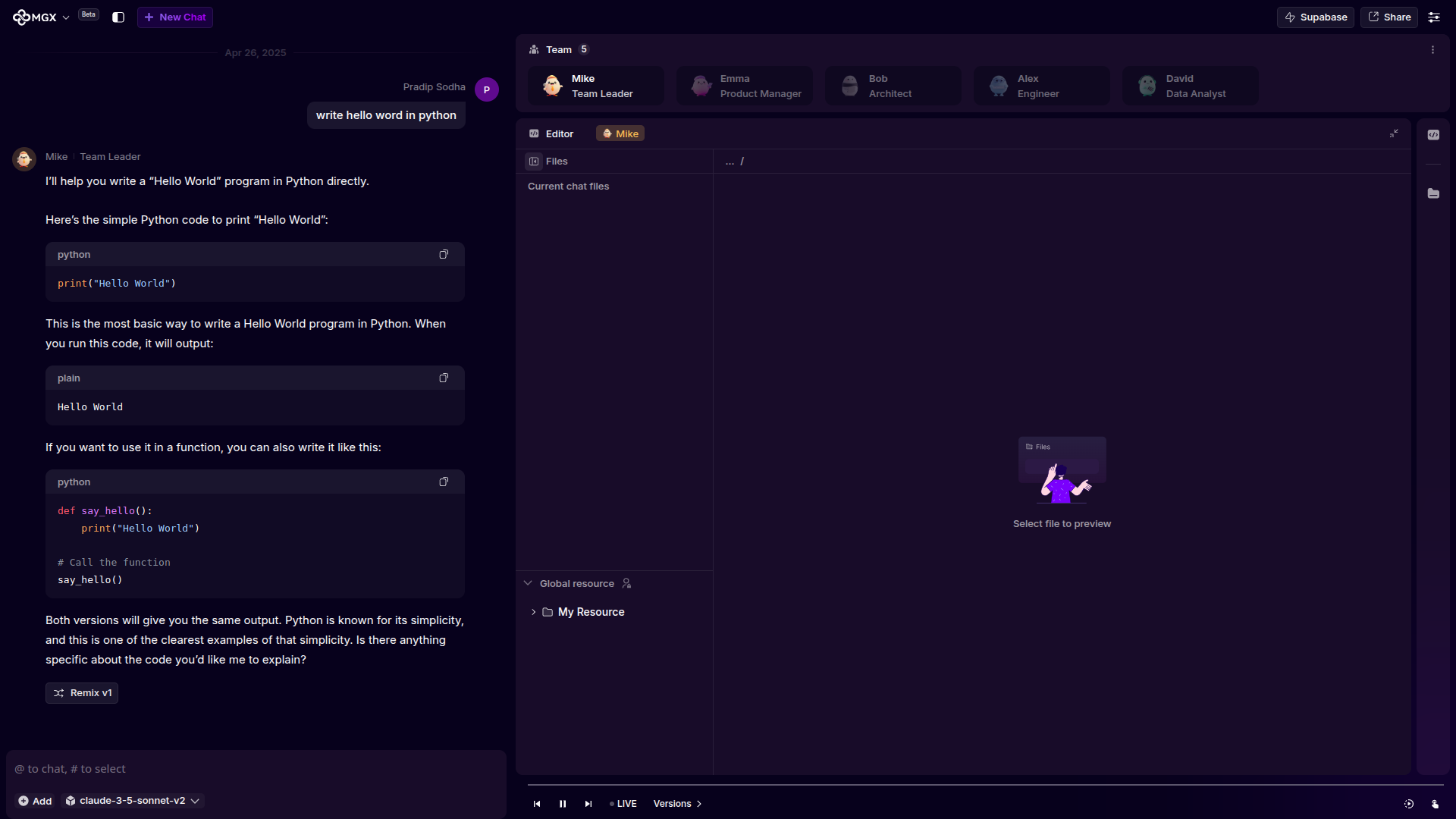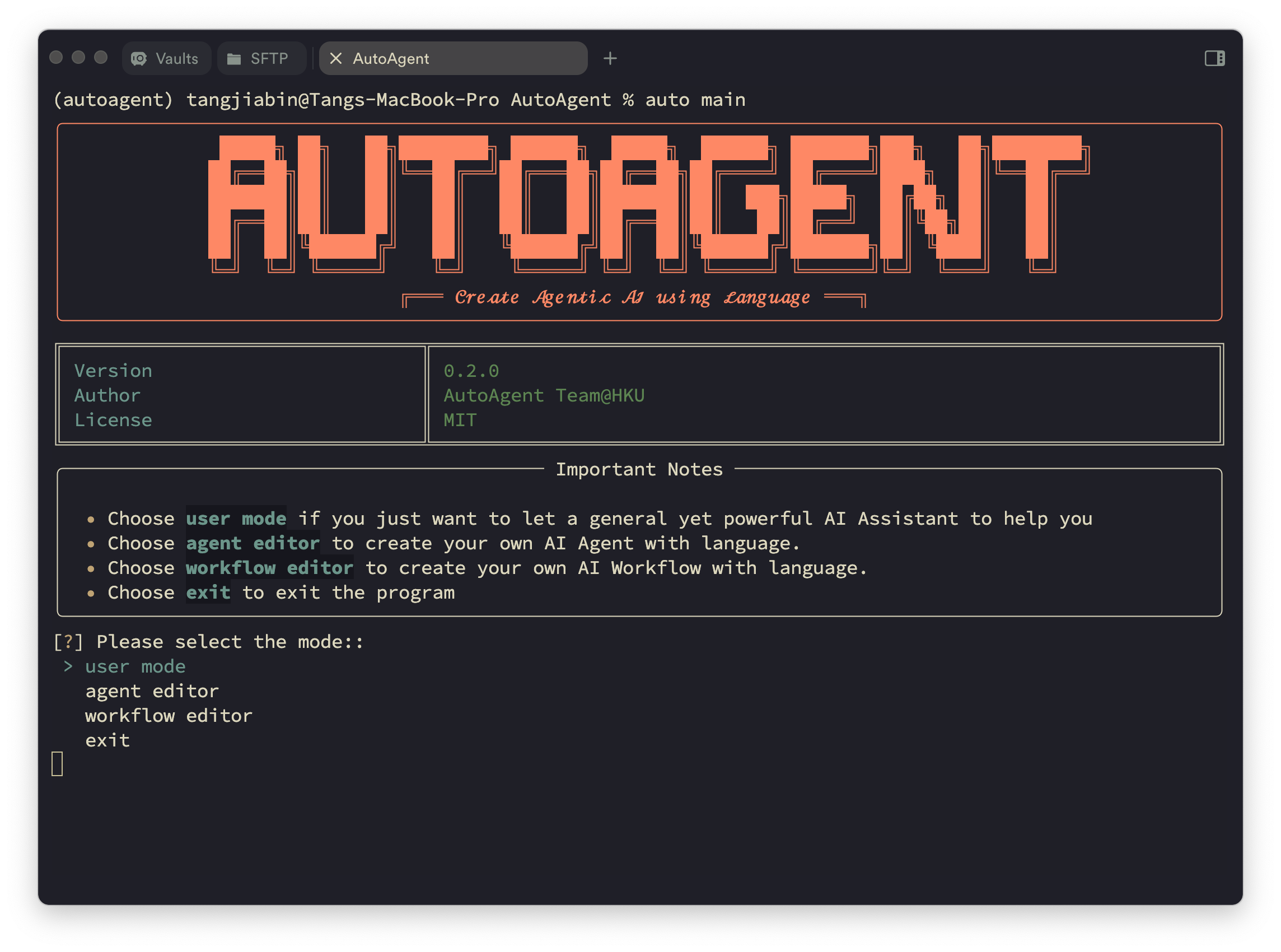
Ready-to-Use Multi-Agent Frameworks You Should Know
AI continues mimicing human reasoning and decision-making. Instead of one agent think from one perspective, multi-agent systems allow multiple agents to work together, each with its own goals and perspectives.
Giving rise to a new era of AI applications, one agent generates answers, while others evaluate, critique, and improve them. This collaborative approach leads to more robust and reliable solutions, as agents can learn from each other and adapt to changing environments.
This reduce the risk of errors and biases that can occur when relying on a single agent, and also open up new possibilities for creativity and innovation.
But as guru always say, "Each new solution brings it's own challenges.", in case of multi-agent systems, the challenge is to manage the complexity of multiple agents working together, which include patterns, communication, and design.
There are many patterns explored for various use cases, like swarm (from nature), hierarchical (from human), Round-robin, and many more.
Also new ways of communication and collaboration are being developed, such as peer-to-peer (direct), decentralized systems (shared workspace), publish-subscribe, react and so on. The desing like agent oriented programming (AOP) and agent-based modeling (ABM) quickly gaining popularity.
But the good news is, there are many ready-to-use frameworks available to help you get started with multi-agent systems, the pattern, communication and desing are already implemented, and you can focus on your use case. Here are some of the most popular ones:
MetaGPT
MetaGPT come up with team leader, planner, task queue, and shared workspace. It can statify most of general use cases, and you can easily add your own agents. It is also open source and available on GitHub, and also has paid version called MGX power by deepwisdom.
Now let's talk about how it approaches the multi-agent system, first here meta refer to meta programming, and it implemented heriarchical pattern with direct, react and collaborative communication and agent oriented programming (AOP) design in it's core.

AutoAgent
AutoAgent is a fully automated, zero-code framework for building and deploying LLM (Large Language Model) agents. Its standout feature is accessibility — users can create complex agents simply by describing what they want in plain language, without writing any code. At its heart, AutoAgent acts like an "Agent Operating System," made up of four key components: System Utilities, an Actionable Engine, a Self-Managing File System, and a Self-Play Customization Module. Together, they form a complete environment for designing, running, and optimizing AI agents.
AutoAgent’s strong design has already earned it top ranks in industry benchmarks like GAIA, even outperforming popular frameworks like LangChain in key areas like RAG (Retrieval-Augmented Generation) performance.
In conlustion AutoAgent is built for simplicity and ease of use, making it a great choice for those looking to quickly deploy AI agents without diving into complex coding tasks. It’s particularly well-suited for users who may not have a deep technical background but still want to leverage the power of AI in their applications.

BMW Agents
BMW Agents is a flexible framework designed to automate tasks by coordinating multiple agents working together, especially in enterprise settings. It's built to be reliable, scalable, and adaptable, ensuring smooth collaboration between agents for complex workflows.
At its core, BMW Agents is made up of several components:
-
Agent: The basic unit, calling Large Language Models (LLMs) to achieve a goal.
-
Agent Unit: A group of Agents collaborating on a specific task.
-
Matcher: Selects the right Agent Unit based on task needs.
-
Executor: Manages the flow of tasks and communication between agents.
-
Tools: External functions (like database or API access) that agents can use.
-
Toolbox Refiner: Filters available tools to keep only what’s needed.
-
Coordinator: Oversees planning, execution, and data validation.
-
Planner: Breaks down user requests into manageable steps.
-
Task Queue: Organizes and tracks tasks during execution.
-
Verifier: Independently checks if the task results meet the original objectives.
Industrial applications for BMW Agents are wide-ranging: from knowledge retrieval to advanced robotic process automation. BMW itself already uses AI to analyze specifications, streamline purchasing and production, and power quality assurance platforms like AIQX. This shows how BMW Agents can drive serious impact across large, complex operations.
TDAG
TDAG (Task Decomposition and Agent Generation) is a flexible multi-agent framework that focuses on dynamically breaking down complex tasks into manageable subtasks and generating specialized agents for each one. It starts with a main agent, the MainAgent, which decomposes the original task into smaller tasks. Each of these subtasks is then assigned to a unique subagent designed to handle that specific task. Importantly, each subagent operates with contextual awareness, building on prior results to ensure smooth task execution. TDAG also allows for real-time updates to subtasks based on previous outcomes, making the system adaptable to changing situations. This approach eliminates the need for predefined agents for every potential scenario.
Motia
Motia is a versatile framework designed for software engineers, allowing them to write agent logic in Python, TypeScript, and Ruby within a unified workflow. It focuses on event-driven automation, optimizing task execution while minimizing system load. The framework includes the Motia Workbench, a visual tool for real-time monitoring and debugging of agent behavior. Deployment is simplified with features like instant API creation, task scheduling, and zero-infrastructure deployment via Motia Hub, its managed cloud platform.
Motia's practical applications include real-time financial analysis by combining market data with AI insights, automated management of GitHub issues and pull requests, intelligent Gmail account handling (email classification and automated responses), and Trello task management optimization (automated card movements and AI-generated summaries). The framework’s support for multiple programming languages and its developer-friendly tools, like visual debugging, make it ideal for development teams with varied skill sets who need rapid development and deployment solutions.

Conclusion
In conclusion, multi-agent systems are revolutionizing the way we approach complex tasks in AI. With frameworks like MetaGPT, AutoAgent, BMW Agents, TDAG, and Motia, developers can leverage the power of multiple agents to create more efficient and effective solutions. These frameworks not only simplify the development process but also enhance the capabilities of AI applications by enabling collaboration and specialization among agents.